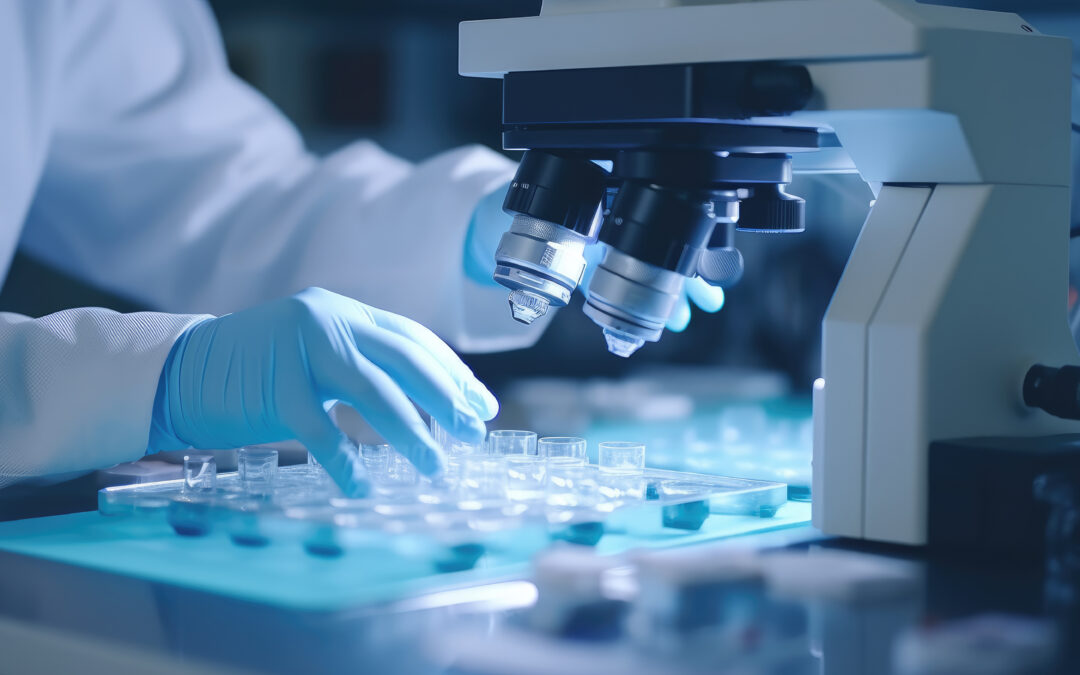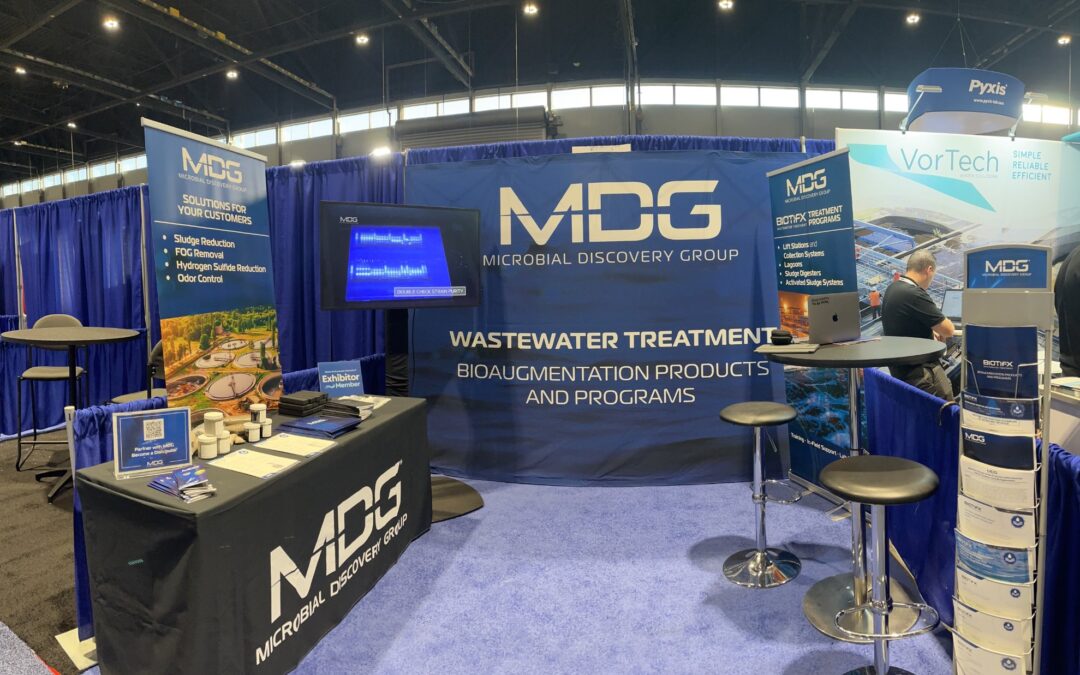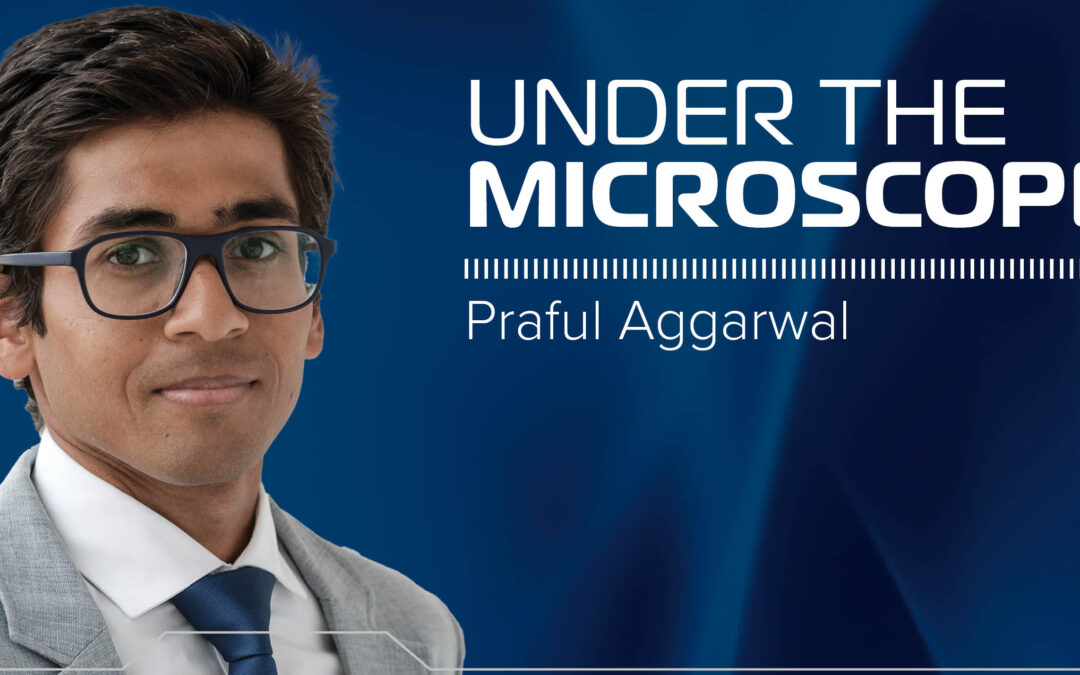What’s all the fascination with domination? I have heard a lot of folks lately trying to dominate wastewater with our microbes. I would say I have had at least 5 questions about it this month alone. We even had a customer whose customer tried to plate their waste and was very concerned to find that we were not predominating in the system.
Hopefully everyone understands it is not our goal to dominate a wastewater system with our microbes, because it would work extremely poor if it did. Rather, our goal is to be a contributing part of the microbial community, with unique specialized traits. Bioaugmentation means to enhance, complement, supplement, or basically help. We are there to fill holes. We want to help the natural flora do what it can’t do on its own. But we can’t do this if we try to dominate the system. Even if we did, it wouldn’t be cost effective and it would throw the system balance off considerably. Imbalance means problems, usually in the form of filamentous.
I recently found this thesis where a student was using pyrosequencing to study wastewater:
Pyrosequencing using 16s primers, is a DNA technique that allows you to study and identify the bacteria that are culturable, but also the bacteria that are not culturable. Many of these bacteria have never been isolated or grown by a human being in it’s pure form. Using this method you can collect an amazing amount of data about the real microbiome that exists in wastewater. In this study, it was found that the majority of the classes of microbes tested (class > genus > species > strains) detected less than 1% of the entire population. Knowing there are 1000’s of strains, represented by, for example, 50-200 species per class, represented by 2-10 classes that represent less than 1% of the population, how can we ever imagine dominating a system with 6-7 strains. It’s not really feasible, at least not sustainably or economically.
You see each organism is there to make a living. Like all of us, each organism makes a living a little differently and if that organism isn’t present, a hole is left in the community. It is not our goal to create holes in the microbial community; it is our goal to fill any holes that are missing (stay tuned for: The ONE THING). That’s why we are always searching for specialists that can do what the other bacteria can’t. Further, we provide the microbial process optimization and micronutrients that help the natural flora work better. Natural flora + our microbes = results. Again our goal is to enhance, help, augment and to fill holes within the natural microbial community.
So what’s this fascination with domination?
– Michael R King, Ph.D









